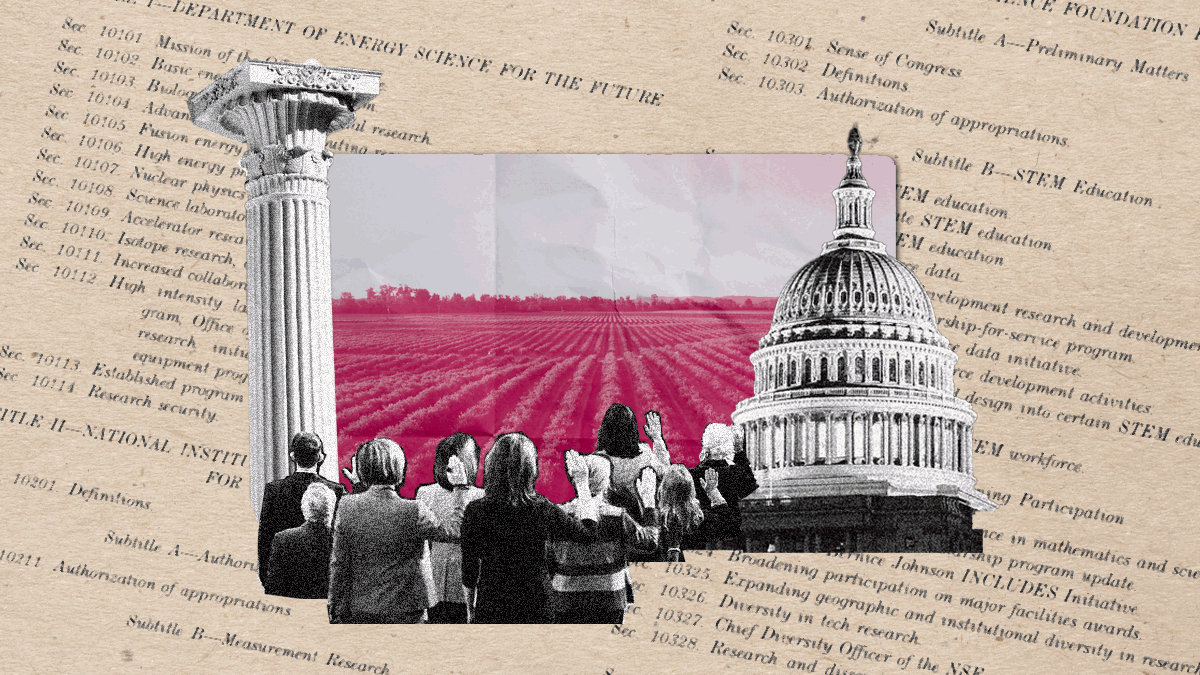
Science and Innovation in the 118th Congress
The United States faces a broad array of challenges, from intense competition in science and technology abroad, to the need for safe and resilient critical systems at home.
To be sure, narrowly split control of Congress adds to the complexity of addressing these challenges. But even in this situation, the 118th Congress can still create opportunities for bipartisan action to bolster American economic security, national security, and health. There are many national goals on which the parties agree. These include:
- Stronger American science and innovation
- Reliable, cleaner domestic energy
- An American society that’s safe from threat of pandemics
- Resilient, productive American agriculture
Even if there are some areas in which policy differences persist, there are many where action is possible.
To help seed the ground for bipartisan progress, we have assembled a wide-ranging menu of policy ideas on a range of critical topics.
Where do these ideas come from?
This menu of policy ideas, organized by theme, was primarily generated over the past three years through crowdsourced outreach by the Day One Project, and refined with the help of the Day One Project team to transform promising ideas into actionable policy proposals.
We have added a few additional ideas of our own, but the majority are derived from Day One Policy Memos authored by experts, scholars, and policy entrepreneurs from an array of backgrounds. Click on the links found throughout this report to access the source memos, which include rationales and plans of action for policy implementation.
Advancing the U.S. leadership in emerging biotechnology is a strategic imperative, one that will shape regional development within the U.S., economic competitiveness abroad, and our national security for decades to come.
Inconsistent metrics and opaque reporting make future AI power‑demand estimates extremely uncertain, leaving grid planners in the dark and climate targets on the line
As AI becomes more capable and integrated throughout the United States economy, its growing demand for energy, water, land, and raw materials is driving significant economic and environmental costs, from increased air pollution to higher costs for ratepayers.
Preempting all state regulation in the absence of federal action would leave a dangerous vacuum, further undermining public confidence in these technologies.